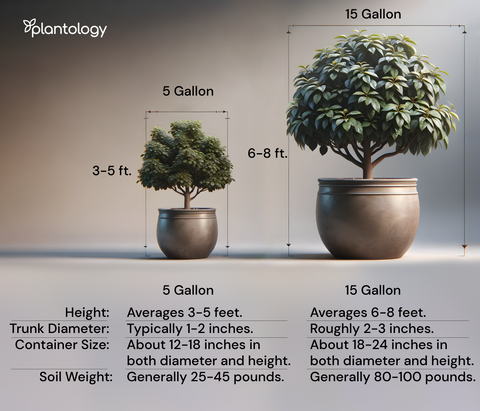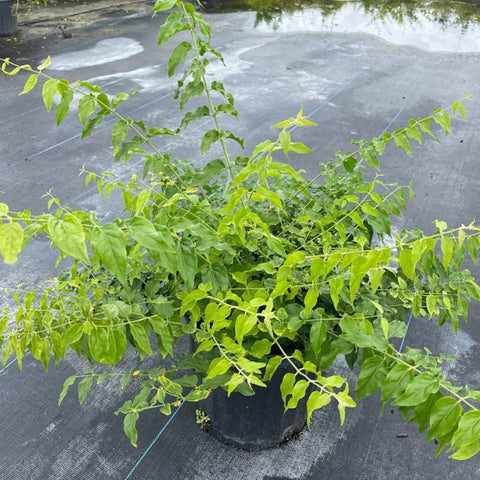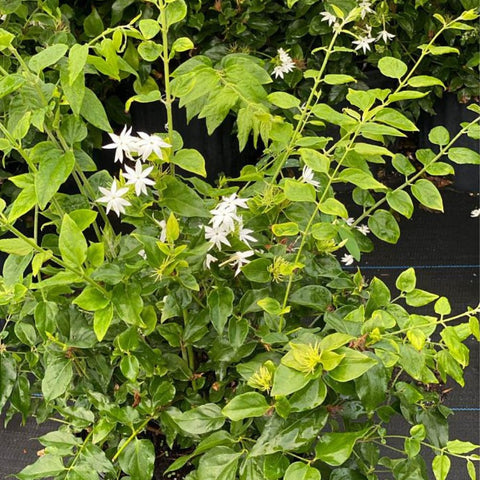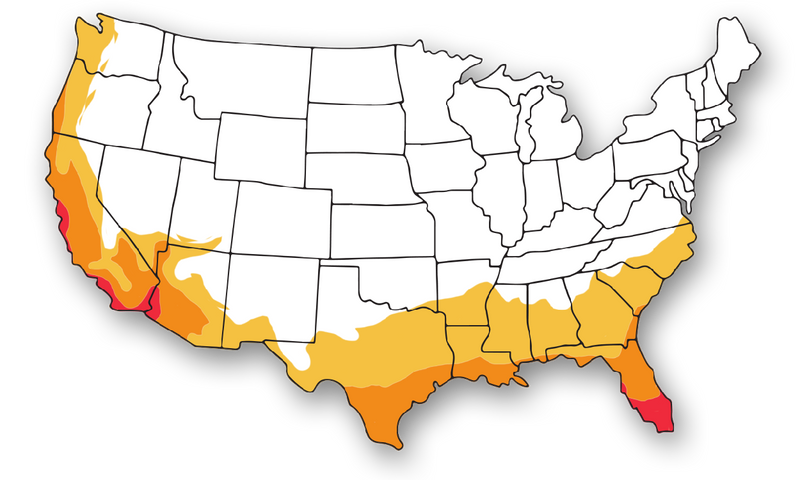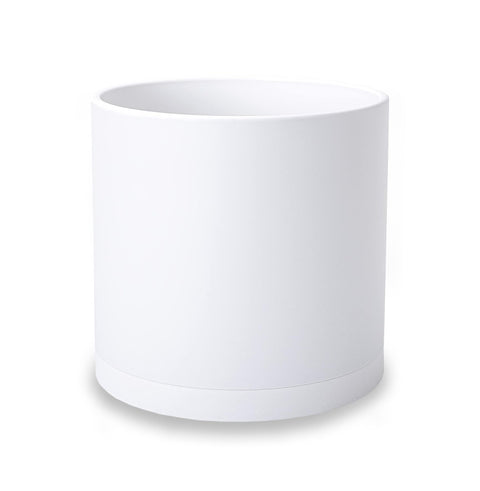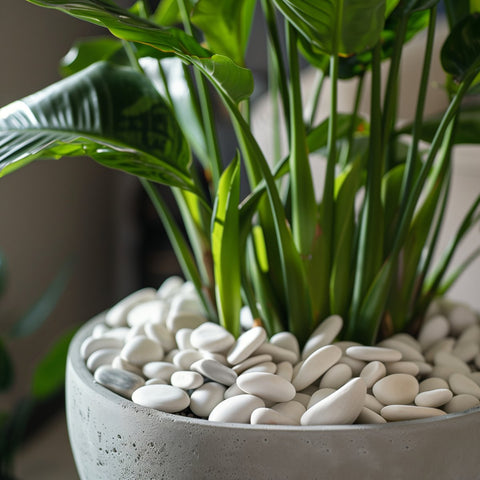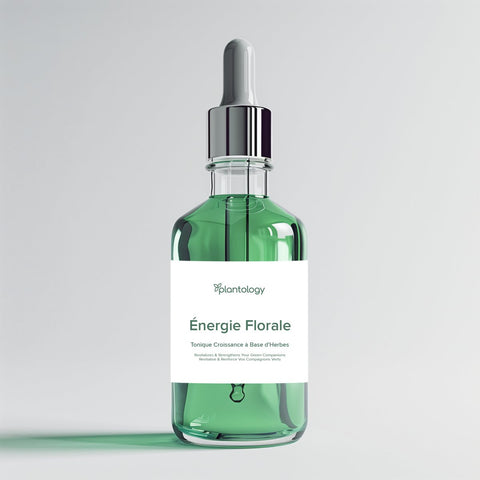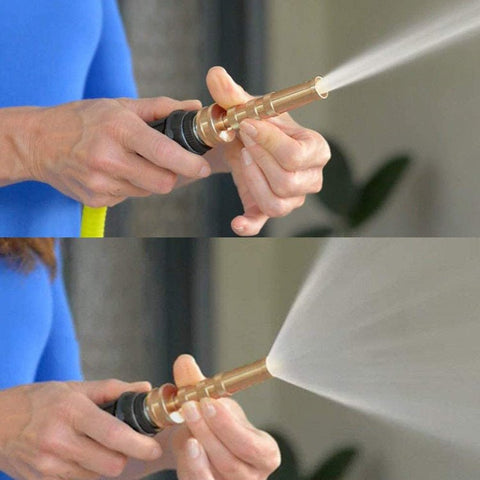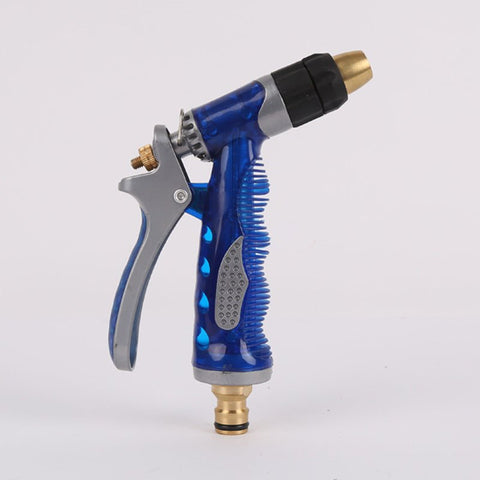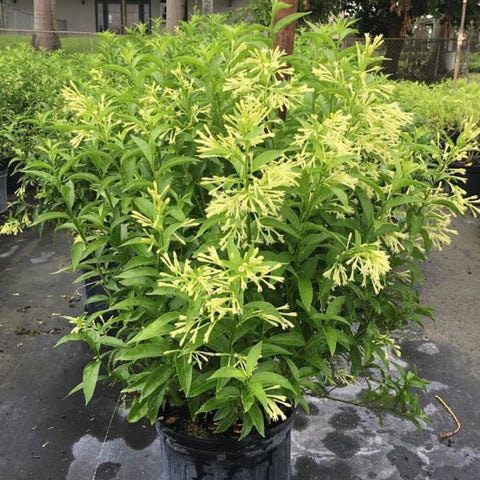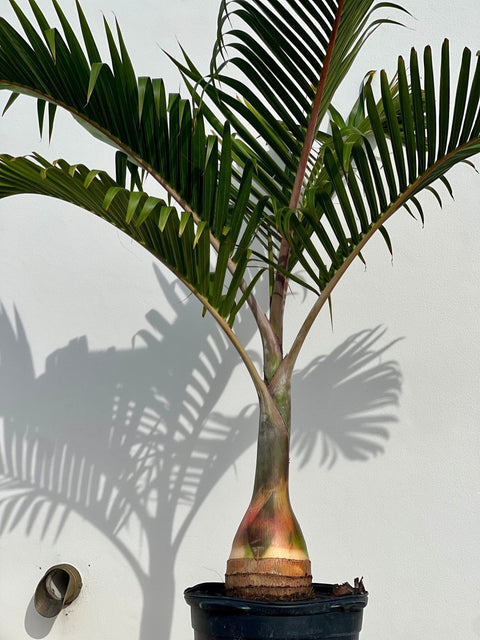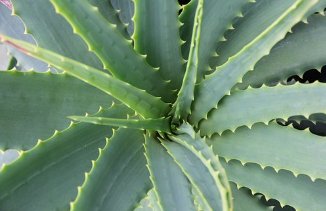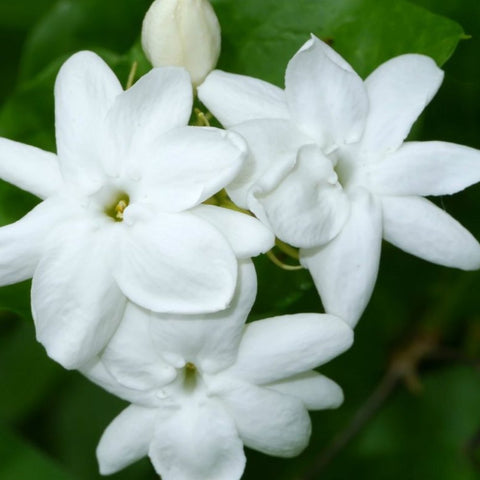Growing & Care Tips
Engaging Description:
Jasmine Downy is a beautiful and fragrant evergreen vine that is perfect for adding a touch of elegance to any garden or patio. Its delicate white flowers release a sweet aroma that fills the air, making it a popular choice for those who appreciate nature's beauty.
How to Grow:
Jasmine Downy prefers full sun to partial shade and well-drained soil. It can be propagated by stem cuttings and requires regular watering, especially during the hot and dry months. It is hardy in USDA zones 8-11 and can be grown as a shrub or trained to climb a trellis or wall.
Care Tips:
Jasmine Downy requires minimal care once established. It benefits from regular fertilization during the growing season and pruning to maintain its shape and promote new growth. It is important to keep an eye out for any signs of pests or diseases, as early detection is key to preventing damage.
Uses:
Jasmine Downy is a versatile plant that can be used in a variety of ways. Its fragrant flowers make it a popular choice for bouquets and floral arrangements, while its climbing habit makes it perfect for covering walls and trellises. It can also be grown in containers, making it a great option for balconies and patios.
Planting Tips:
When planting Jasmine Downy, it is important to choose a location with adequate sunlight and well-drained soil. It can be planted at any time of the year, but it is recommended to plant in the spring or fall for best results. When planting, be sure to space plants at least 3 feet apart to allow for proper growth.
Maintenance:
Jasmine Downy requires minimal maintenance once established. Regular watering and fertilization during the growing season will help promote healthy growth and abundant blooms. Pruning should be done in the early spring to maintain its shape and prevent overcrowding.
Pests and Diseases:
Jasmine Downy is relatively pest and disease-resistant, but it can be susceptible to aphids, spider mites, and whiteflies. Regular inspection and treatment with insecticidal soap or neem oil can help prevent infestations. Fungal diseases such as powdery mildew and leaf spot can also occur, especially in humid conditions. Proper sanitation and fungicidal treatment can help prevent the spread of disease.
Frequently asked questions
Investing in Jasmine Downy plants can be a cost-effective option for long-term value due to their numerous benefits and hardiness. These evergreen vines are known for their fragrant white flowers and ability to attract pollinators, making them a beautiful addition to any garden or landscape. To ensure the best return on investment, it is important to choose a healthy plant from a reputable nursery and provide it with the proper care and maintenance. Jasmine Downy plants thrive in well-drained soil and full sun to partial shade, making them versatile and adaptable to various growing conditions. Regular watering, pruning, and fertilizing can help promote healthy growth and abundant blooming, enhancing the overall value and beauty of the plant. In conclusion, investing in Jasmine Downy plants can be a cost-effective choice for long-term value, as they provide beauty, fragrance, and pollinator attraction. By selecting a healthy plant, providing proper care, and maintaining regular maintenance, you can enjoy the benefits of these versatile vines for years to come. Consider incorporating Jasmine Downy plants into your landscape for a sustainable and valuable investment in your outdoor space.
Estimated Shipping Time: Most orders ship immediately. As noted on the website, some items are seasonal, and may only ship in spring or fall. Once your order is shipped, you'll receive an email with a tracking number.
Shipping Cost:
Orders less than $199 have a standard $29.95 shipping cost. Orders over $199 SHIP FREE
